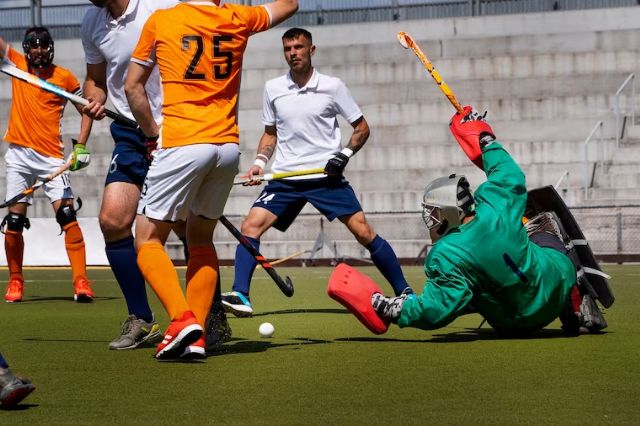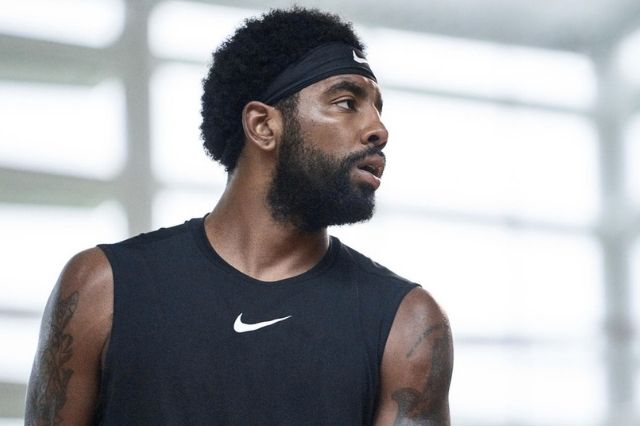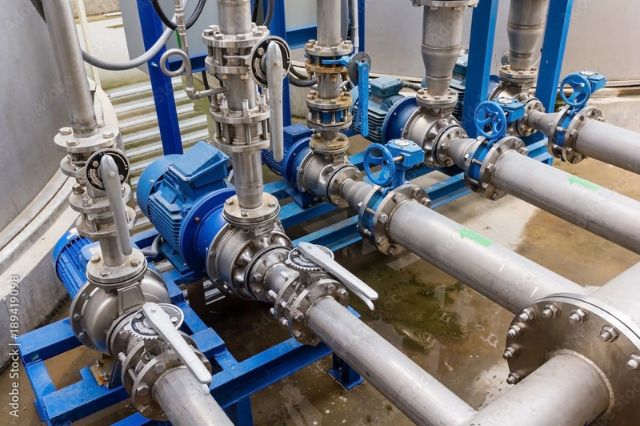As the world of sports becomes more competitive, athletes are searching for fresh approaches to enhance their performance and ward off injuries. Particularly when it comes to training and nutrition, college athletes face special difficulties. Fortunately, there have been a lot of fascinating advancements in these areas that are assisting athletes in staying at the top of their game.
Athletes can now compete at their peak and experience a lower risk of injury thanks to advancements in training and nutrition, which have become crucial parts of college sports. These developments have completely changed how athletes train, and coaches approach game preparation. There is no denying the advantages of these developments, even though some might argue that they have made college sports more high-tech than ever. In this article, we’ll look at some of the most recent training and dietary trends that significantly impact college sports.
7 Ways to Enhance Training and Nutrition in College Sports
1. Wearables With a High Level of Technology
The era of straightforward heart rate monitors and pedometers is over. Modern athletes wear to track everything with college gear including high-tech wearables, from their sleep patterns to their level of muscle fatigue. In-the-moment feedback on an athlete’s performance is possible with wearable technology, which can also assist coaches in making better choices regarding training and rest periods. Smartwatches, activity trackers, and GPS-enabled gadgets are some of the more well-known wearables.
2. Adaptive Nutrition Plans
Every athlete has particular nutritional needs according to their body composition, sport, and training regimen. As a means to enhance performance and avoid injuries, individualized nutrition plans are becoming increasingly well-liked in college sports. The right foods to eat at particular times, as well as the proper types and amounts to eat them in, are suggested by these plans, which also consider an athlete’s individual needs. Athletes can customize their diets to fuel their bodies for peak performance with the assistance of nutritionists and sports dietitians.
3. Recovery Tools
When avoiding injuries and enhancing performance, recovery is just as crucial as training. To speed up their muscles’ recovery process, athletes use cutting-edge recovery equipment from a collegiate store like proper dresses, compression sleeves, massagers, and foam rollers. These devices can aid in improving blood flow, lowering inflammation, and easing pain following a strenuous workout or game. Some colleges even have recovery areas for their athletes with cryotherapy chambers and infrared saunas.
4. Training in Virtual Reality
College sports have changed forever with the application of virtual reality training. Athletes can simulate game scenarios and hone their skills in a secure setting using VR technology. Reaction time, decision-making, and general performance can all be enhanced. Sports with high injury rates, like football and basketball, where there is contact, benefit most from VR training. Athletes can lower their risk of injury and boost their confidence on the field by training in a virtual setting.

5. Psychology of Sports
Athletes frequently only concentrate on their physical preparation and diet, but mental preparation is equally crucial. In order to help athletes become mentally tough, manage stress, and envision success, sports psychologists work with them. By assisting athletes in maintaining their focus and confidence while competing, mental training can boost their performance and reduce injuries. Colleges now regularly employ sports psychologists to work with their athletes, and some even have teams-only mental health facilities.
6. Performance Monitoring Software
Software for performance tracking is a useful tool for both coaches and athletes. With the assistance of this technology, coaches can monitor a player’s development over time and pinpoint areas for development. Athletes can use performance-tracking software to set goals and monitor their own progress. As a result, such software lends a hand to different athletes, enabling them to stay ahead of time management and their field game.
7. Nutritional Timing
A technique for improving athletic performance called “nutrient timing” entails ingesting particular nutrients at particular times. For instance, protein can help in muscle recovery following exercise. Eating sugars before an exercise can likewise give the energy needed for optimal performance. To further improve performance and anticipate injuries, dietary timing is becoming increasingly more typical in school sports. By taking in the right nutrients at the right times, athletes can ensure that their bodies are properly fueled and prepared for competition.
End Note
Through plant-based diets, nutrient-rich supplements, and cutting-edge hydration techniques, athletes are providing their bodies with the best nutrients possible. Virtual reality training, wearable fitness trackers, and real-time data analysis have all made it possible for coaches to monitor the development of their athletes and make quick adjustments. These innovations have allowed college sports teams to produce athletes who are now more powerful, quick, and healthy than ever.
By utilizing cutting-edge technologies and scientific advancements, college sports teams can modify their training and nutrition plans to suit the needs of particular athletes. With this level of personalization, athletes can reduce their recovery times, avoid injuries, and improve their performance.






